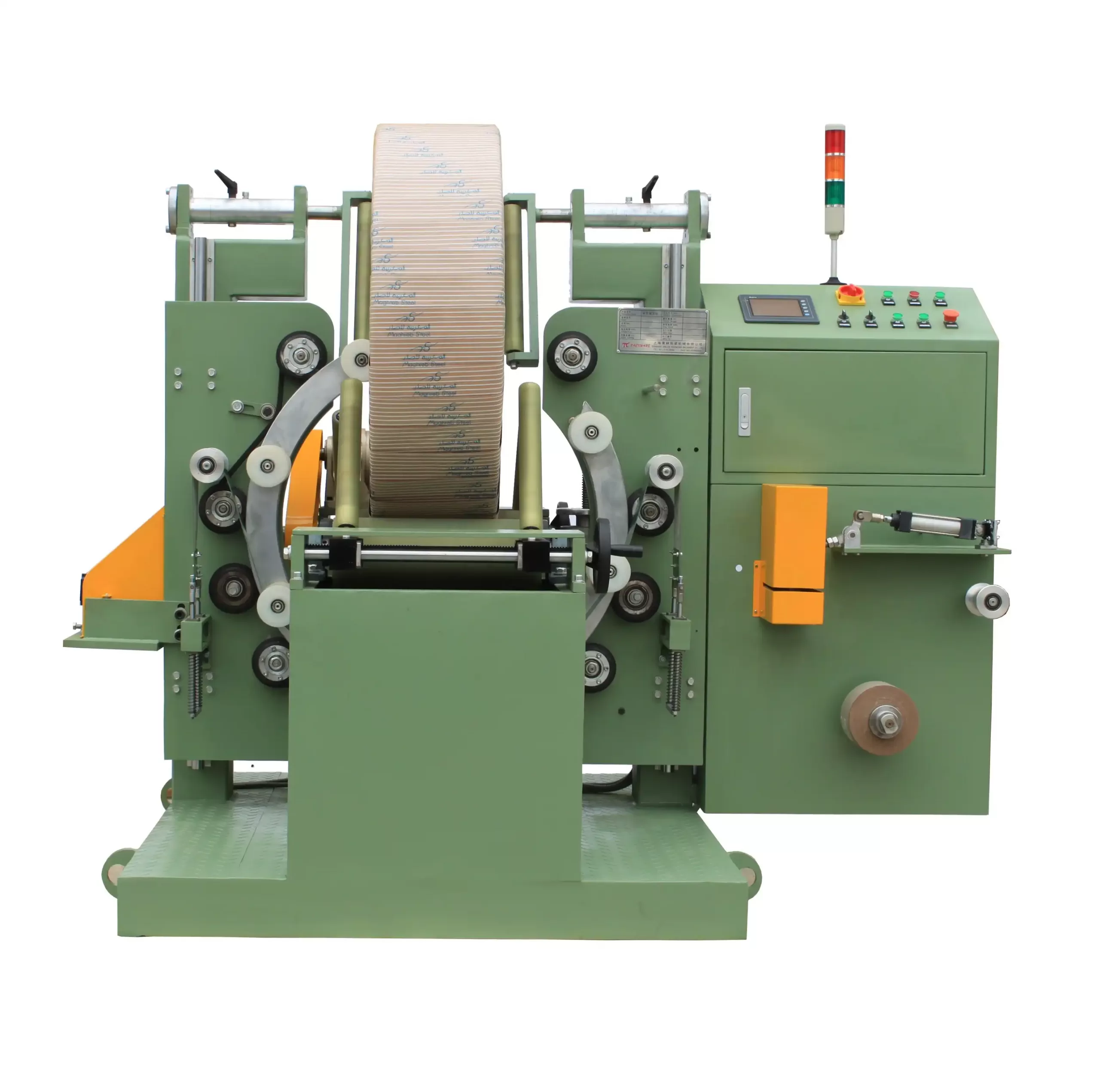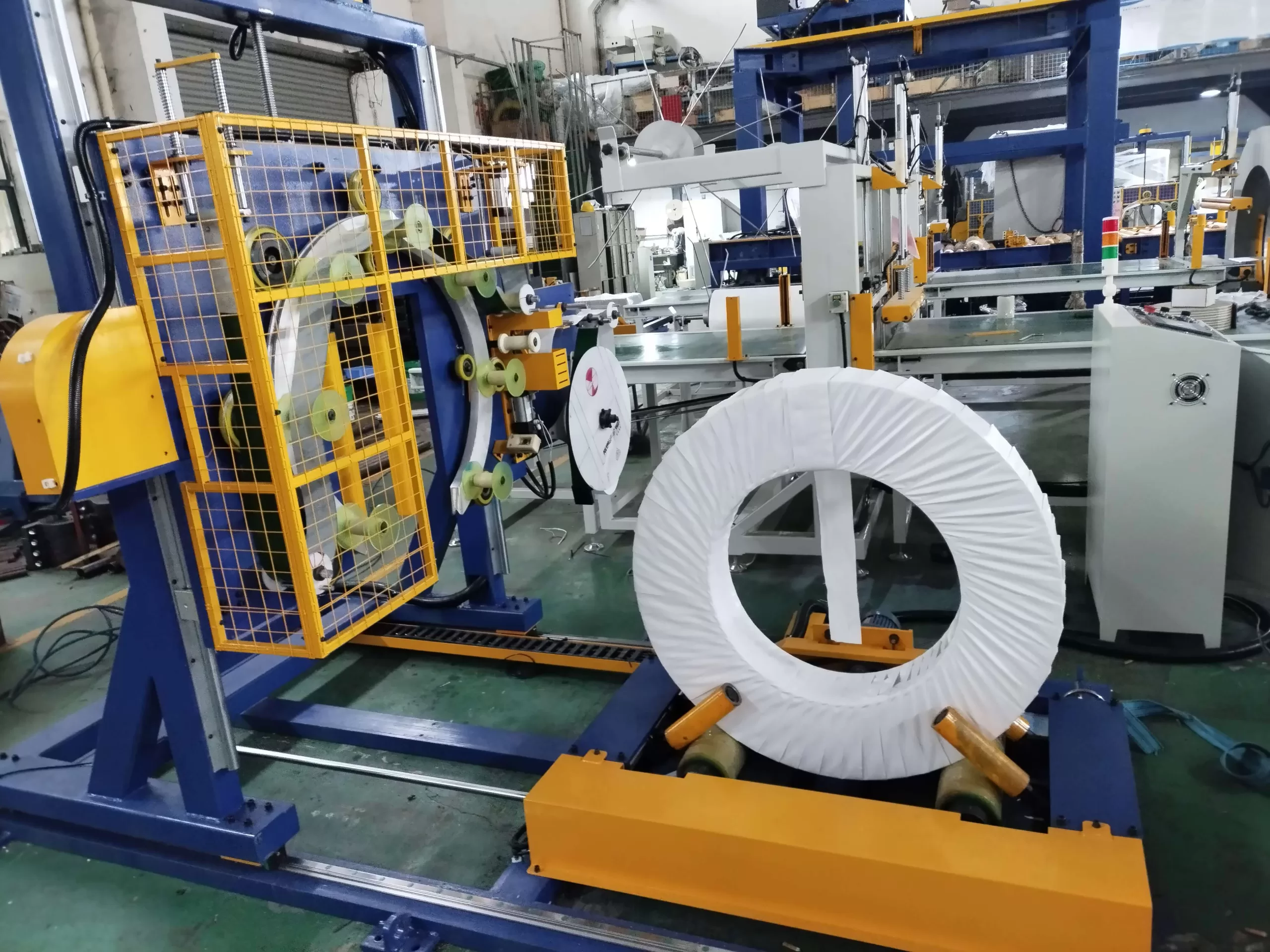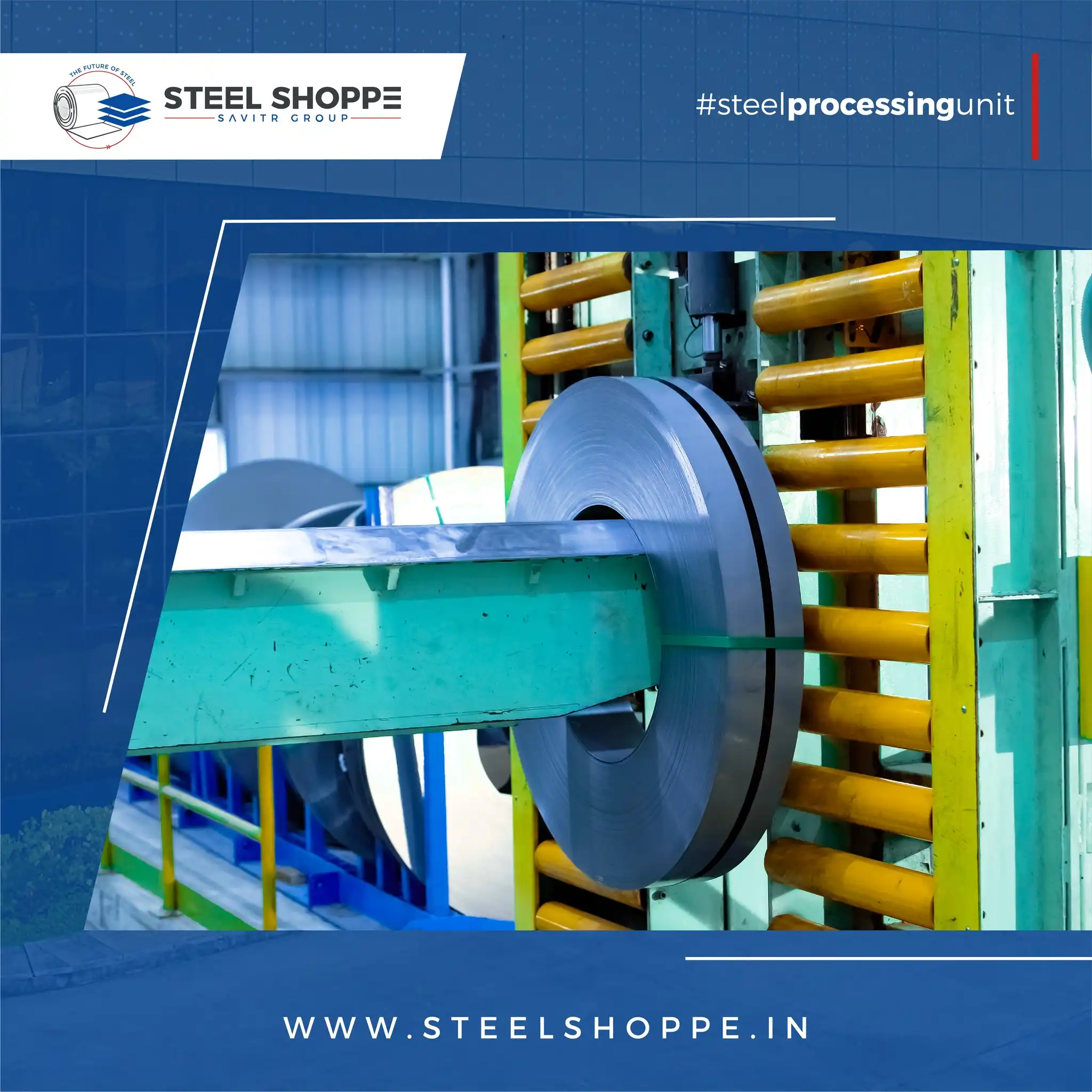How to Improve Safety When Handling Steel Coils
Handling heavy steel coils presents significant risks, but ignoring safety isn’t an option. Accidents can lead to severe injuries, costly downtime, and damage to valuable material. Proactively addressing these challenges protects your team and boosts operational efficiency.
Improving safety when handling steel coils hinges on comprehensive training, using appropriate specialized equipment like coil lifters and gantry cranes, implementing strict storage protocols to prevent falls or rolling, and establishing clear, regularly updated procedures for transport, loading, and unloading. Prioritizing worker safety with proper PPE and maintaining a focus on reducing unnecessary coil movements are also fundamental steps.
Ensuring safe practices extends beyond mere compliance; it’s about cultivating a culture where every individual understands the inherent risks and follows established protocols to mitigate them. By delving into specific strategies for storage, equipment usage, and operational workflows, facilities can significantly enhance safety while simultaneously improving productivity.
Safety Considerations are Paramount
Working with cold-formed steel often involves managing bulky and heavy steel coils, a task laden with potential hazards. Facilities engaged in offsite steel framing prefabrication and panelization shops must make health and safety the cornerstone of their steel coil management practices to protect personnel and prevent costly accidents.
Enhancing safety when handling steel coils starts with well-trained personnel who adhere to established safety protocols and emergency procedures. Key considerations include mandatory use of appropriate personal protective equipment (PPE) such as safety glasses, steel-toed boots, and protective clothing to prevent injuries. Implementing correct lifting techniques and consistently utilizing mechanical aids like gantry cranes, forklifts, and specialized coil lifters are crucial to minimize physical strain and avoid accidents. Additionally, noise control measures are essential to safeguard workers from hearing damage in environments with heavy machinery. Regular review and updating of storage and handling safety procedures are vital to adapt to evolving best practices and site-specific conditions.

Cultivating a Safe Work Environment
Beyond individual actions, a systemic approach to safety is necessary. This involves not only equipping workers but also optimizing the environment and procedures around them. Construction, despite technological advancements, remains a high-risk industry, making proactive safety measures non-negotiable. Consider the stark realities highlighted by construction safety statistics, which underscore the significant human and financial costs of neglecting safety protocols.
| Safety Metric | Data Point | Implication |
|---|---|---|
| Annual Cost of Construction Site Injuries | $170 billion | Demonstrates massive economic impact of accidents |
| Retired Workers with Hearing Impairments | 56% | Highlights long-term health risks from noise |
| Absent Hours Due to Injury/Illness | 24.2 million hours | Shows lost productivity and workforce impact |
| Average OSHA Penalty per Inspection | $2,697 | Indicates regulatory focus and potential fines |
| Revenue Spent on Injuries (Construction) | 3.6% | High direct cost of workplace incidents |
| Revenue Invested in Safety Training | 2.6% | Suggests underinvestment relative to cost |
These statistics from the provided material illustrate that investing in safety training and protocols is not just about well-being; it’s a critical business imperative. Reducing accidents saves lives, prevents injuries, minimizes downtime, and avoids financial penalties and associated costs. For steel coil handling, specific attention must be given to the unique hazards posed by heavy, potentially unstable loads.
Proper storage, as outlined in the materials, involves placing coils on stable, level surfaces, using racks designed for their weight, and labeling them clearly. Equipment like gantries and cranes, while essential, require rigorous inspection and maintenance. "Regularly inspect and maintain lifting equipment to minimize accident risks and ensure efficiency," is a key takeaway. Using the correct lifting attachments specific to the coil’s dimensions and weight is also non-negotiable. Establishing clear procedures for loading, unloading, and securing coils during transport further reinforces safety at every stage. The emphasis on training ensures that personnel are not only aware of these procedures but are proficient in executing them correctly, from wearing the right PPE to recognizing and avoiding hazards like unstable loads or pinch points.
Equipment and Techniques for Safe Handling
Selecting and correctly using specialized equipment is fundamental to improving safety when handling steel coils. These materials are inherently heavy and require mechanical assistance to move and position them without risking injury to workers or damage to the product.
Safe handling of steel coils heavily relies on using the right equipment, such as gantries, cranes, forklifts, and specialized coil lifters or tongs. These tools are designed to manage the significant weight and awkward shape of coils, allowing for controlled lifting and movement. Proper technique involves using appropriate lifting attachments for the coil’s specific size and weight, ensuring the load is balanced, and moving slowly and smoothly. Regular inspection and maintenance of all handling equipment are critical to prevent mechanical failures that could lead to catastrophic accidents. Establishing clear, step-by-step procedures for loading, unloading, and securing coils during any movement or transport further reduces risks.

Optimizing Movement and Lifting
Expert insights emphasize the importance of equipment choice. Nelson Miller of Star 1 Products points out that coils often arrive "eye to the sky" and require a coil tipper or similar equipment to orient them "eye to the side" for roll forming lines. He stresses using forklifts or trucks overrated for the coil weight (which can reach 10,000 pounds), never underrated, to ensure the equipment can safely manage the load, preventing potentially fatal accidents if a coil falls.
Martin McVicar, CEO of Combilift, highlights the advantages of multidirectional forklifts, explaining how they offer a safer and more efficient solution by lifting coils both eye-to-side or eye-to-sky. By retracting the coils between the forklift legs, the weight (4 to 10 tons) is evenly distributed, significantly increasing load stability. This not only improves safety but also allows for better storage density.
Beyond just the type of equipment, the technique is crucial. Proper lifting involves lifting from the core of the coil and avoiding excessive pressure on the outer edges, moving slowly and smoothly, and using an attachment suited for the coil’s weight and size. Once lifted, maintain a controlled speed and keep the load low to the ground (ideally not more than 8 inches off the ground when transporting with a forklift, as per safety tips), especially during transport, to improve stability and visibility.
Automated coil handling systems offer further potential benefits by reducing human error and minimizing damage. As noted in the materials, automated systems can lead to less coil damage because they interact with the coil in a consistent, controlled manner, reducing the chance of nicks or blemishes that could ruin significant footage of material. They can also potentially increase speed and throughput. However, these systems come with disadvantages like high initial costs and the need for specialized maintenance. Regardless of automation level, regular, ongoing training for operators, especially for forklift drivers, is essential to prevent complacency and reinforce safe practices. Paul Zimmerman of Hixwood stresses the importance of refresher training alongside initial certification.
Minimizing the number of times a coil is handled is another critical strategy. As McVicar explains, double-handling coils increases the risk of damage and production loss. Streamlining workflows to move coils directly from delivery to storage or decoiling, ideally using systems like fixed or traveling gantries that facilitate quick coil changes, significantly enhances both safety and efficiency by reducing unnecessary manual or machine-based movements.
Storage Strategies and Hazard Mitigation
Effective storage of steel coils is not just about maximizing space; it’s a critical safety component. Improper storage can lead to coils rolling, falling, or causing structural issues, posing severe risks to personnel and facilities.
Safe storage of steel coils requires stable, level surfaces and appropriate containment methods, such as stacking them eye-to-the-sky or securing them in robust storage racks designed for their substantial weight and dimensions. Using chocks, blocks, or anchoring systems prevents accidental movement or tipping. Clear labeling of coils with weight and handling information, along with visible safety signs indicating hazardous areas and safe pathways, are essential. Regular inspections of storage racks for integrity and adhering to weight distribution guidelines are non-negotiable practices to maintain a secure storage environment.

Addressing Common Risks in Storage
The choice between storing coils "eye to the sky" or "eye to the side" depends on the stage of production and facility layout, as highlighted by experts like Paul Zimmerman. Storing finished coils eye to the sky can prevent damage to painted surfaces and optimize space. However, work-in-progress (WIP) coils might be stored eye to the side for easier loading onto a decoiler using a mandrel. Regardless of orientation, secure containment is paramount.
| Storage Method | Description | Advantages | Safety Considerations |
|---|---|---|---|
| Eye to the Sky | Coils stacked vertically on a stable surface/pallet. | Space efficient, protects edges. | Requires flat surface, risk of toppling. |
| Eye to the Side | Coils stored horizontally in racks or on stands. | Easy access for decoiling. | Requires robust racks, risk of rolling. |
| Bulk Coil Rack | Standalone or gantry-integrated vertical storage. | Secure, minimizes handling. | Requires overhead lifting, ample clearance. |
| Coil Pallet | Mobile base for eye-to-side storage. | Portable, suitable for small areas. | Requires careful maneuvering, secure load. |
Common hazards extend beyond basic handling errors. One significant, often overlooked risk is fire safety. As Paul Zimmerman points out, working with local fire inspectors is crucial. Steel coils stored on pallets can become a major hazard during a fire if the pallets burn away, causing heavy coils to fall and potentially breach walls, endangering firefighters and personnel. Being upfront about storage locations and heights with fire services and ensuring evacuation plans account for these hazards is vital.
Furthermore, even seemingly minor mistakes can have severe consequences. A nick or blemish on the edge or side of a coil during handling or storage can damage a substantial amount of the material, rendering it unusable and causing significant scrap loss and production delays. This underscores the importance of careful handling, proper equipment usage, and minimizing coil movements. Quality control measures should also include inspecting coils upon receipt and before use to catch any pre-existing damage. Continuous training reinforces the awareness needed to avoid these "simple" but costly errors. "New employees are usually on guard and cautious, but familiarity often leads to complacency," serves as a potent reminder for the necessity of ongoing safety education.
Streamlining Operations for Enhanced Safety and Efficiency
Improving safety and streamlining business processes go hand-in-hand when managing steel coils. Efficient operations naturally reduce unnecessary handling and movement, which in turn minimizes exposure to hazards and decreases the potential for accidents and material damage.

Streamlining operations when handling steel coils enhances safety by minimizing unnecessary movements and optimizing material flow. This reduces exposure to risks associated with lifting, transporting, and storing heavy loads. Implementing robust inventory management ensures the right materials are available, preventing rushed, potentially unsafe handling. Optimizing storage layouts and workflows minimizes travel distances and bottlenecks, further decreasing handling frequency. Regular equipment maintenance prevents unexpected failures that could cause accidents or require risky impromptu repairs. Consistent quality control reduces the need to handle and rework substandard materials, maintaining a smoother, safer process. Streamlining business processes related to steel coil handling and storage offers several strategies for improvement. Reducing inventory levels through better tracking systems minimizes clutter and reduces the volume of material that needs to be managed, freeing up space and improving accessibility. Designing better workflows by optimizing storage and work area layouts ensures materials move efficiently from receiving to production with minimal detours or bottlenecks. Inspecting coils upon arrival maintains quality standards and avoids the need to handle defective material later, preventing delays and rework that often involve extra, potentially unsafe handling. Partnering with reliable suppliers ensures consistent material quality and timely delivery, contributing to a predictable workflow and reducing the need for urgent, potentially risky, handling. Finally, maintaining handling equipment rigorously prevents breakdowns, which are not only costly in terms of downtime but can also lead to hazardous situations if equipment fails while bearing a heavy load. By integrating these strategies, companies can create a safer environment that is also more productive and cost-effective.
Conclusion
Handling and storing heavy steel coils requires unwavering attention to detail and a commitment to safety. It’s a complex process vital for any construction metal-forming business. Implementing best practices in coil handling, from mandatory PPE and proper lifting techniques to rigorous equipment maintenance and smart storage strategies, is crucial not only for protecting valuable materials but, most importantly, for ensuring the well-being of every worker on the floor. Focusing on these areas, alongside streamlining operations and minimizing unnecessary handling, builds a safer, more efficient, and ultimately more profitable business. Learn how specialized equipment like a coil packing line can further enhance process efficiency and safety.










